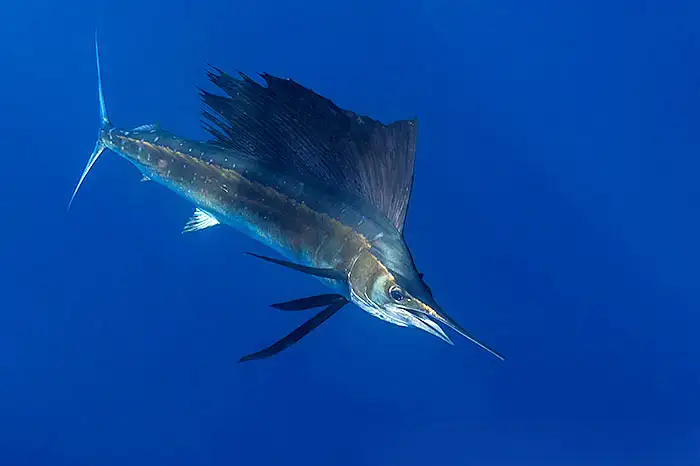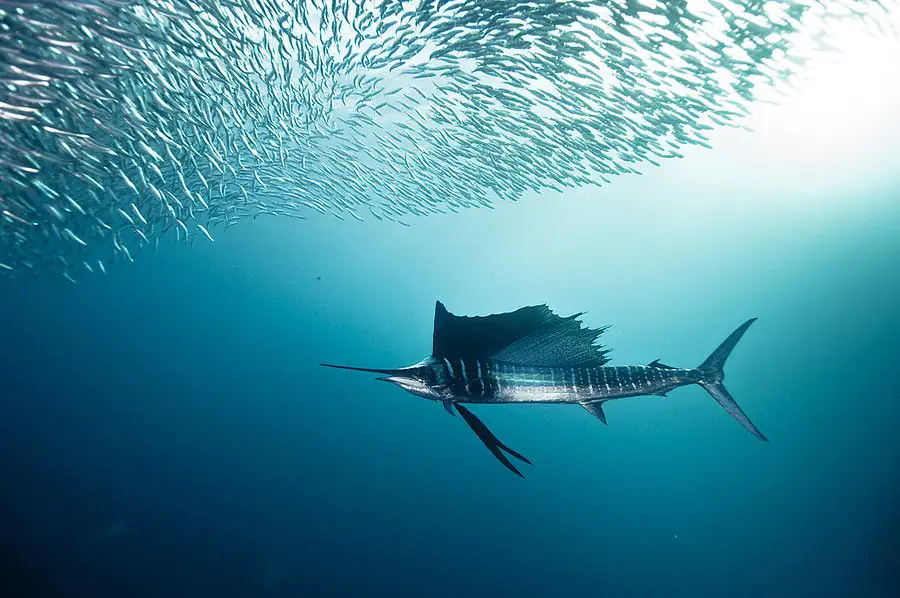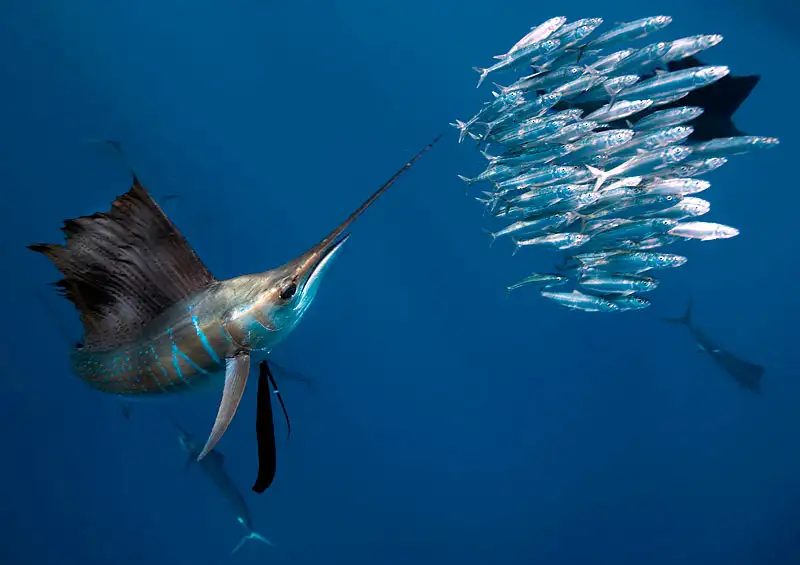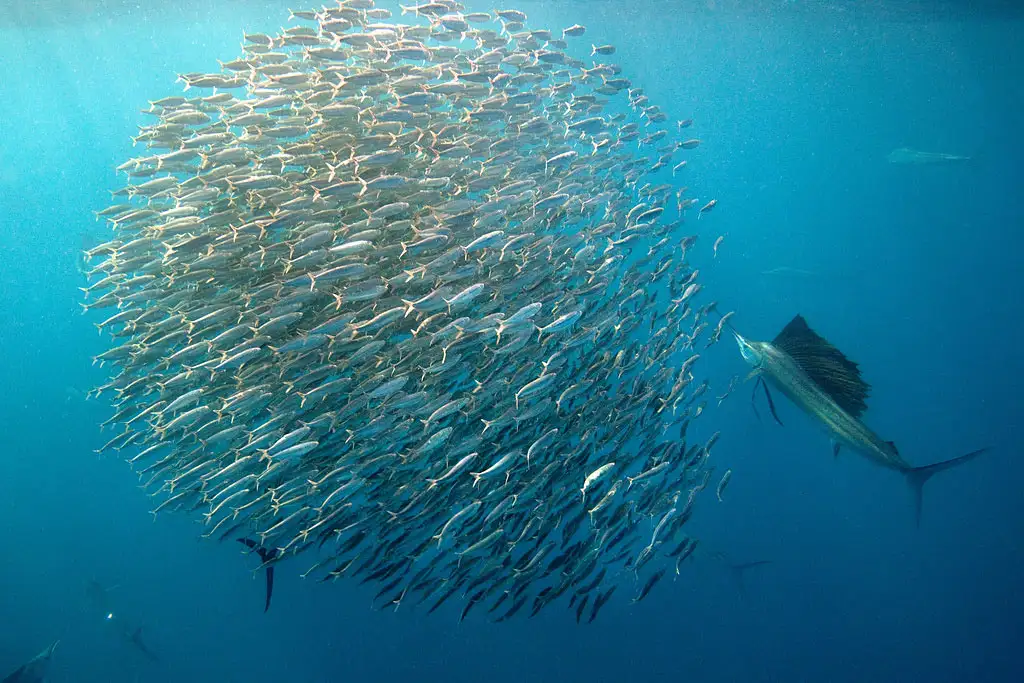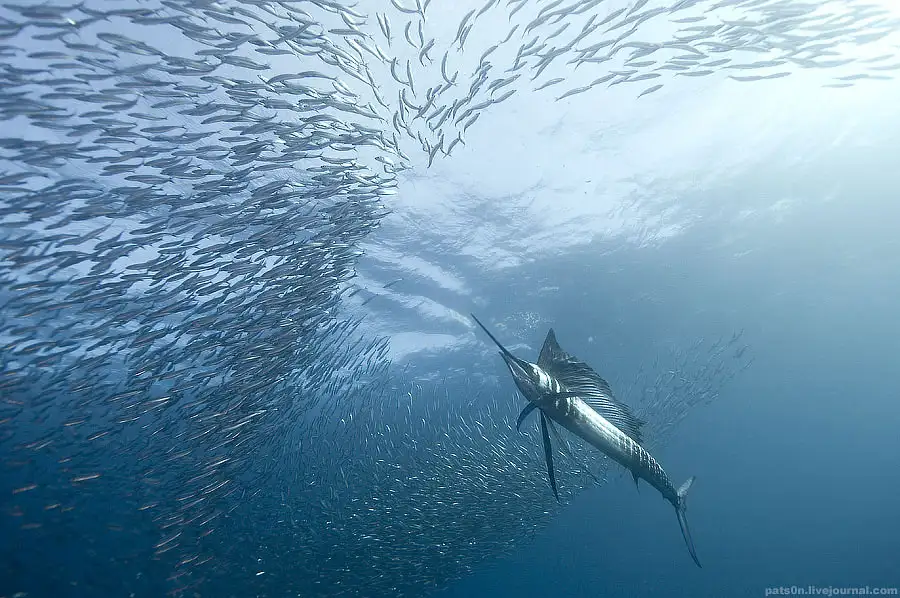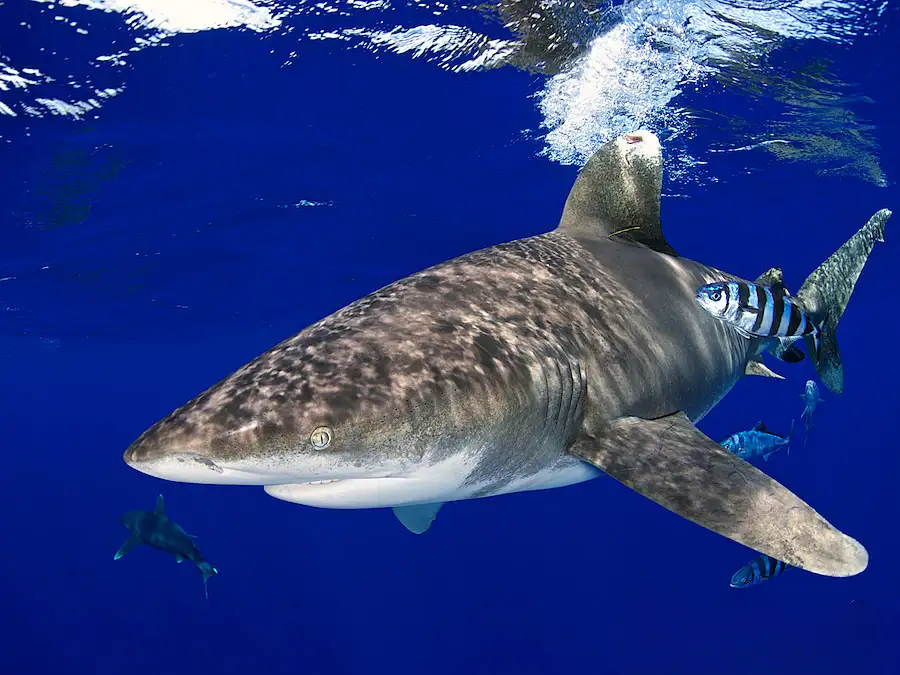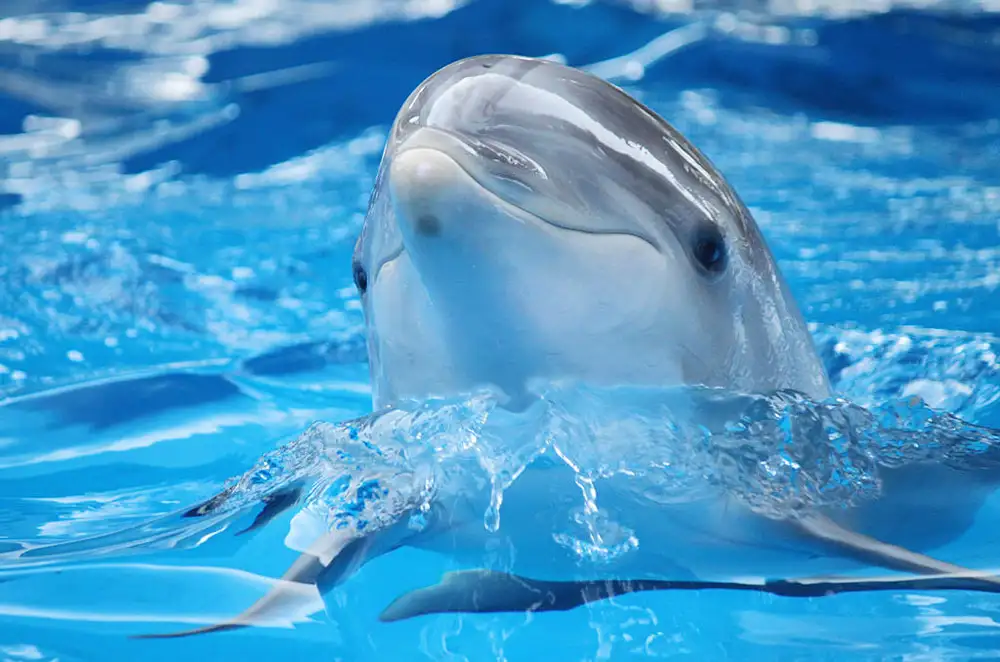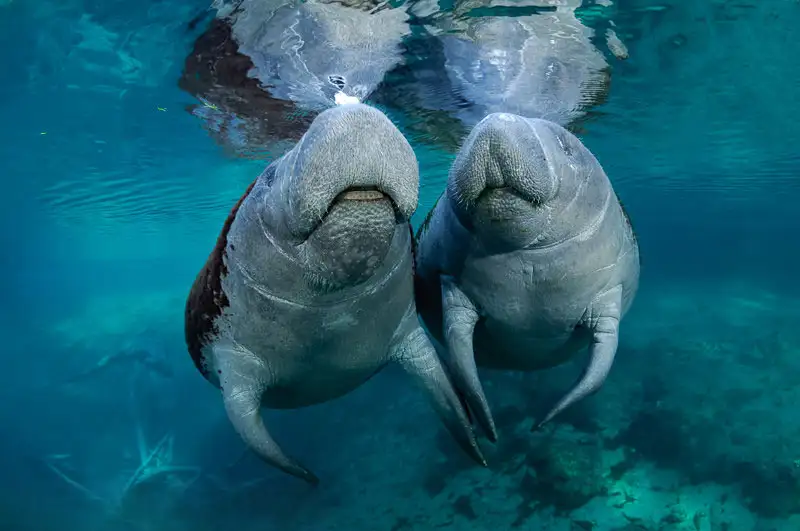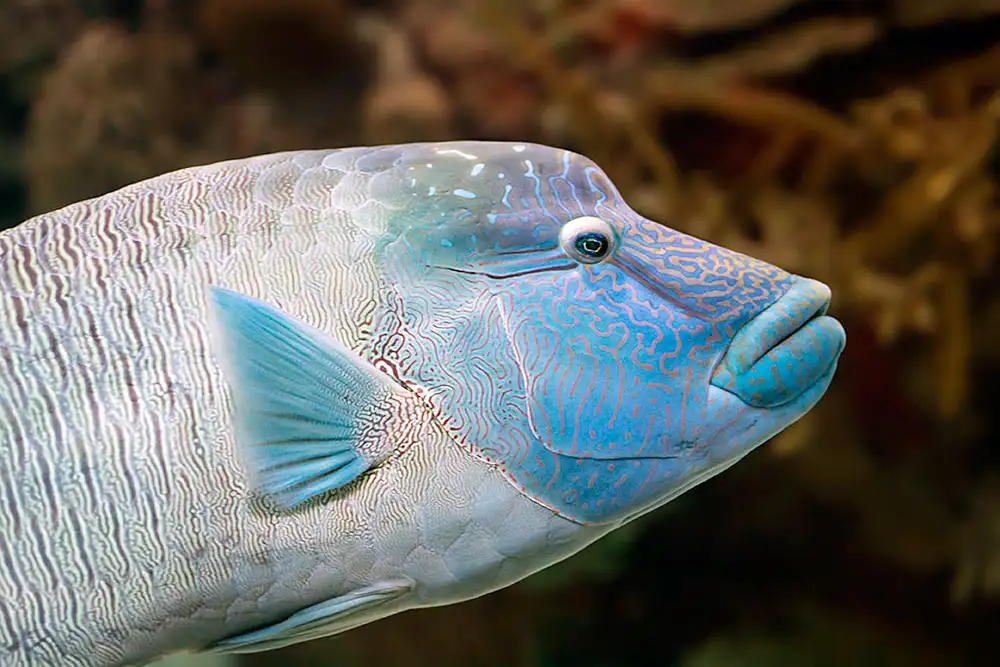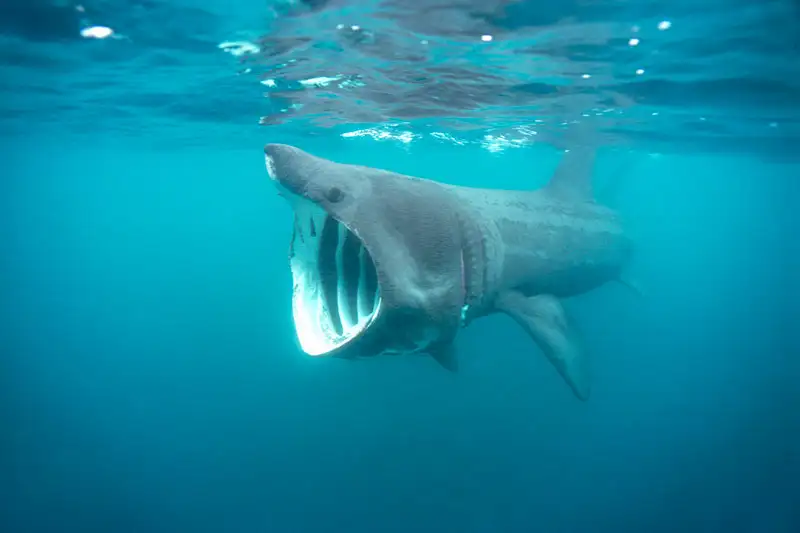Sailfish
IUCN
LCBasic Information
Scientific classification
- name:Sailfish
- Scientific Name:Istiophorus platypterus
- Outline:Large Fish
- Family:Istiophoridae Istiophorus
Vital signs
- length:Common 1.7–2.5 m TL; max ~3.2–3.4 m (incl. bill)
- Weight:Typically 30–60 kg; up to 80–100+ kg
- lifetime:c. 10–15 years
Feature
Fast, highly migratory; tall spotted sail and long bill; batch‑spawning oviparous; strong association with warm fronts and bait balls.
Distribution and Habitat
Tropical–subtropical epipelagic waters of all oceans; shelf edges, fronts, eddies and reef drop‑offs.
Appearance
Bluish‑grey with vivid blue bars; exceptionally tall first dorsal (“sail”) with black spots; long rostrum; appressable pectorals.
Details
The sailfish (Istiophorus platypterus) is a fast, highly migratory oceanic predator in the familyIstiophoridae. Its iconic sail‑like first dorsal fin and elongated rostrum aid in herding prey and reducing drag. Sailfish hunt schooling fishes and cephalopods in the epipelagic zone and often form cooperative feeding groups.
Ecology & Life History
Associated with warm‑water fronts, eddies, seamounts and reef drop‑offs. Possesses regional endothermy (red‑muscle heat retention) that supportshigh burst speeds. Oviparous with batch spawning in warm seas; eggs/larvae are pelagic.
Identification
Streamlined body and long bill; an exceptionally tall, spotted sail that can be raised/flattened (often vivid purplish‑blue when excited); irregular blue vertical bars on the flanks; long pectorals that can be appressed to the body.
Size & Longevity
Length: commonly 1.7–2.5 m TL (incl. bill); max ~3.2–3.4 m.
Weight: typically 30–60 kg; large fish to 80–100+ kg.
Life: about 10–15 years (regional variation).
Range & Habitat
Worldwide in tropical–subtropical oceans (Atlantic, Indian, Pacific), usually 0–50 m but vertically mobile with prey; seasonal movements track warm currents and baitfish aggregations.
Threats & Conservation
Fishing pressure from longline/troll and recreational fisheries; bycatch and deep hooking.
Climate variability shifting spawning and prey fields; debris and line entanglement.
IUCN global status: Least Concern (LC). Recommended practices: circle/offset‑circle hooks, minimal air exposure, quick in‑water release, size/seasonal limits and conventional/satellite tagging programs.
FAQ
Q1. Sailfish vs. marlins? All billfishes in Istiophoridae; sailfish have a very tall, densely spotted dorsal “sail,” slimmer bodies and vivid flank bars.
Q2. Fastest fish? Among the fastest—verified bursts are very high, though absolute records vary by method.
Q3. Edibility & use? Important commercially and recreationally; many regions promote catch‑and‑release and quotas for sustainability.
Q4. Nearshore presence? Often near reef drop‑offs and shelf edges, approaching coasts when bait is concentrated.

